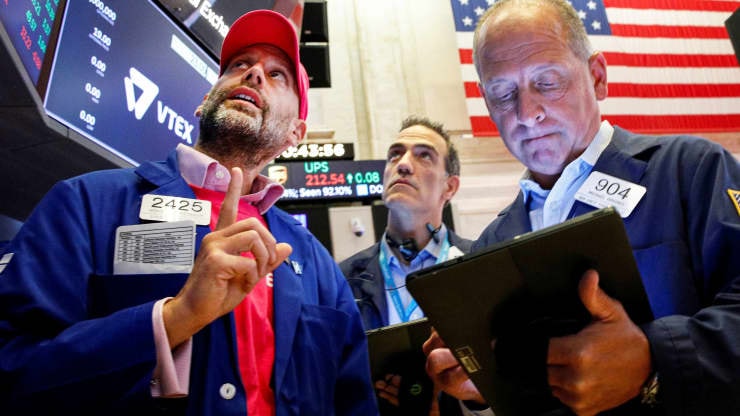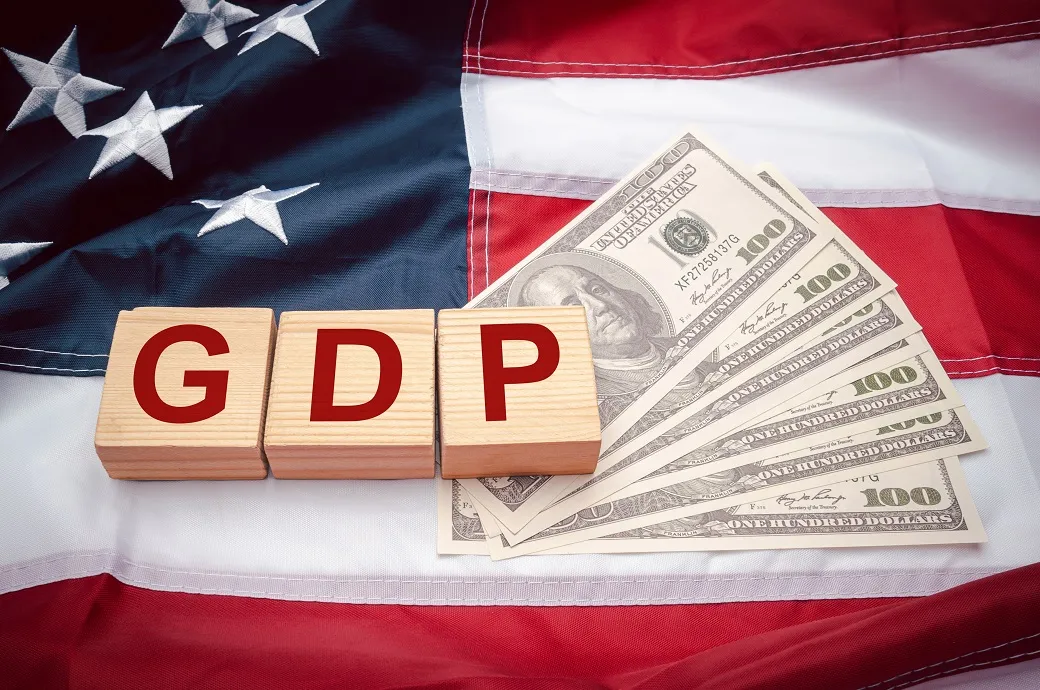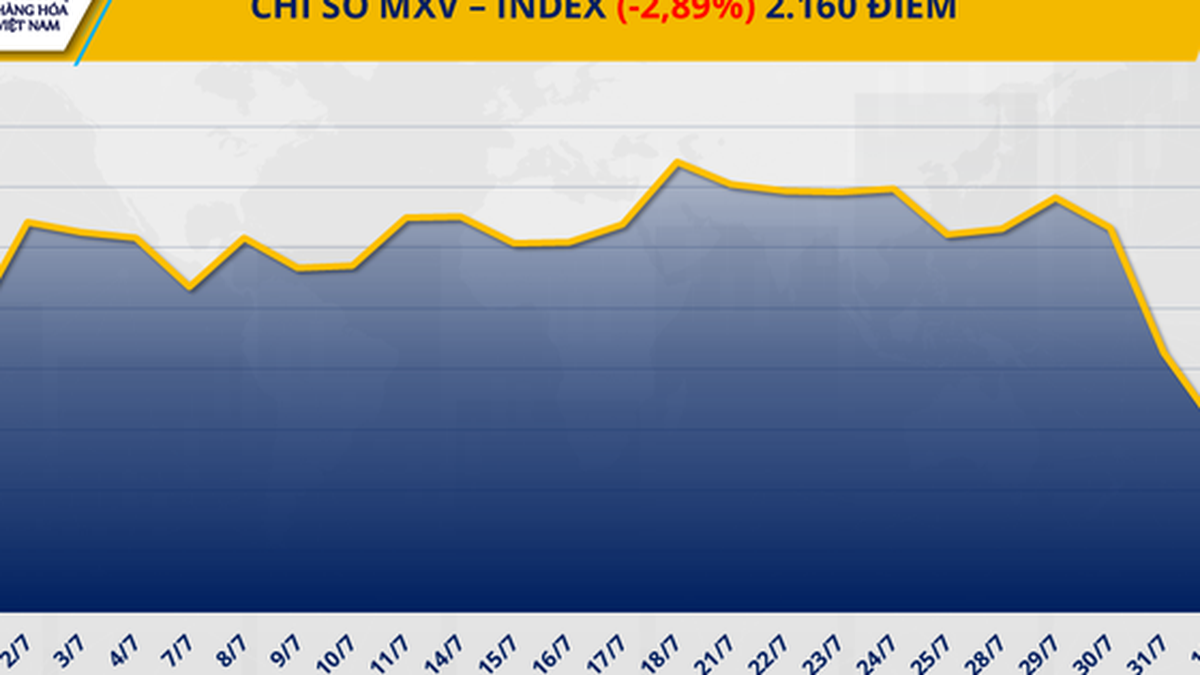The US labor market begins to weaken
Economic data released last week showed the U.S. labor market is losing steam. The hiring rate fell to a seven-month low, while the voluntary layoff rate, an indicator of job-seeking confidence, fell to just 2 percent.
The July jobs report reinforced this trend, with the US adding just 73,000 jobs, well below expectations of 104,000. In addition, the figures for May and June were also revised down sharply, wiping out a total of 258,000 jobs, the largest two-month revision since May 2020.

GDP increases but domestic purchasing power weakens
GDP growth in the second quarter was 3% year-on-year, recovering from an unexpected decline in the first quarter due to a surge in imports before the tariffs were imposed. However, the increase did not fully reflect the real picture. The domestic consumption index, a key indicator of household and business demand, rose just 1.2%, the lowest since 2022.
Greg Daco, chief economist at EY-Parthenon, said factors such as rising import costs and tighter immigration policies were having a clear impact on economic activity.

Consumer price index rises again
The US Federal Reserve (Fed) kept interest rates unchanged, but the personal consumption expenditures (PCE) price index, the Fed's preferred inflation gauge, showed prices rose faster in June, continuing to exceed its 2% target.
Personal consumption also weakened, with real spending rising just 0.1% in June, after falling 0.2% in May. Experts are starting to question whether consumers will have enough spending power as real incomes stagnate.

Tariffs begin to affect spending and profits
Economists say the rising costs of tariffs are having a clear impact on consumer behavior. Michael Pearce, deputy chief US economist at Oxford Economics, warns that spending is slowing, especially on tariff-hit items like furniture.
“The positive effect from pre-tariff purchases has largely passed. Consumers are now starting to feel the real impact on their incomes and purchasing power,” he said.

Last week, President Trump unexpectedly increased tariffs on many trading partners, including a 39% tariff on imports from Switzerland, escalating trade tensions.
The report from Wells Fargo said the assessment that taxes have no impact on the economy is “misleading,” and that “household spending is falling, especially on non-essential spending.”
Large corporations are starting to report earnings hit by rising costs from the tax, with Whirlpool and Procter & Gamble being prime examples. By contrast, large tech companies were initially thought to be less affected, but that may be changing.
Apple said it expects to take a $1.1 billion hit from tariffs this quarter. A host of consumer-facing companies including Shake Shack, Canada Goose and Kellanova have also struggled this earnings season as shoppers become more price-sensitive.
Future US growth faces many uncertainties
After months of sustained growth, financial markets are adjusting their expectations. The impact of high import costs, immigration policies and weak consumer sentiment will weigh on the US economy in the second half of 2025.
Investors on Wall Street are starting to turn cautious as economic indicators show growth is no longer as sustainable as before.
Source: https://baonghean.vn/lam-phat-viec-lam-thue-quan-3-moi-lo-lon-nhat-cua-kinh-te-my-trong-nua-cuoi-nam-2025-10303802.html




































































![[Infographic] Traditional friendship and good cooperation between Vietnam and Egypt](https://vphoto.vietnam.vn/thumb/402x226/vietnam/resource/IMAGE/2025/8/4/9a2112b4046e4c128fdcb5403489866a)

































Comment (0)